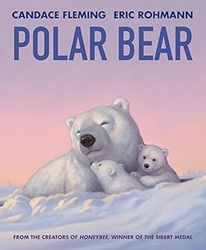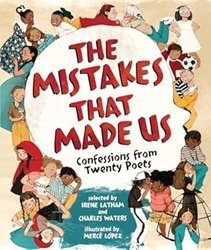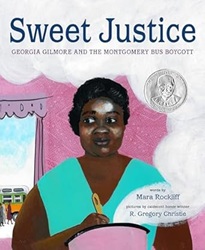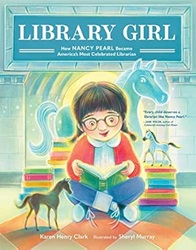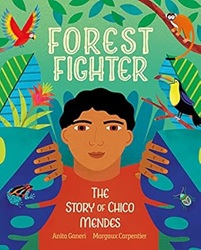Review of King Alfred and the Ice Coffin, by Kevin Crossley-Holland, illustrated by Chris Riddell
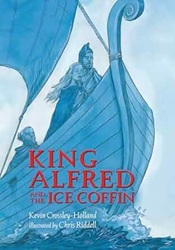 King Alfred and the Ice Coffin
King Alfred and the Ice Coffin
by Kevin Crossley-Holland
illustrated by Chris Riddell
Candlewick Studio, 2024. 88 pages.
Review written April 9, 2025, from a library book.
King Alfred and the Ice Coffin is a heavily illustrated retelling of a tale from an Old English manuscript. It’s not a graphic novel (no speech bubbles), but with illustrations on every spread (but not words on every spread), it has the feel of a graphic novel. Since the book retells an old story and gives the history of Alfred the Great – who had this tale written down – it’s shelved in juvenile nonfiction, where I’m afraid not as many kids will find it.
The overarching story is about Alfred – who never expected to be king, as the fifth son of the royal family. He loved learning, and had books in Latin translated to English, so his people could read them – and at the same time collected tales from travelers who came to his court.
This is one of those tales about a man who sailed to a far-off kingdom with the unusual custom of preserving their king who died in an ice coffin for a month, before a race that would determine who would inherit his goods.
The story is more pictures than words, and those beautiful pictures give the book a spirit of adventure.
I hope kids will find this tale of kings and seafarers, even though it’s tucked away in the nonfiction section.
Find this review on Sonderbooks at: www.sonderbooks.com/Childrens_Nonfiction/king_alfred_and_the_ice_coffin.html
Disclosure: I am an Amazon Affiliate, and will earn a small percentage if you order a book on Amazon after clicking through from my site.
Disclaimer: I am a professional librarian, but the views expressed are solely my own, and in no way represent the official views of my employer or of any committee or group of which I am part.
What did you think of this book?

